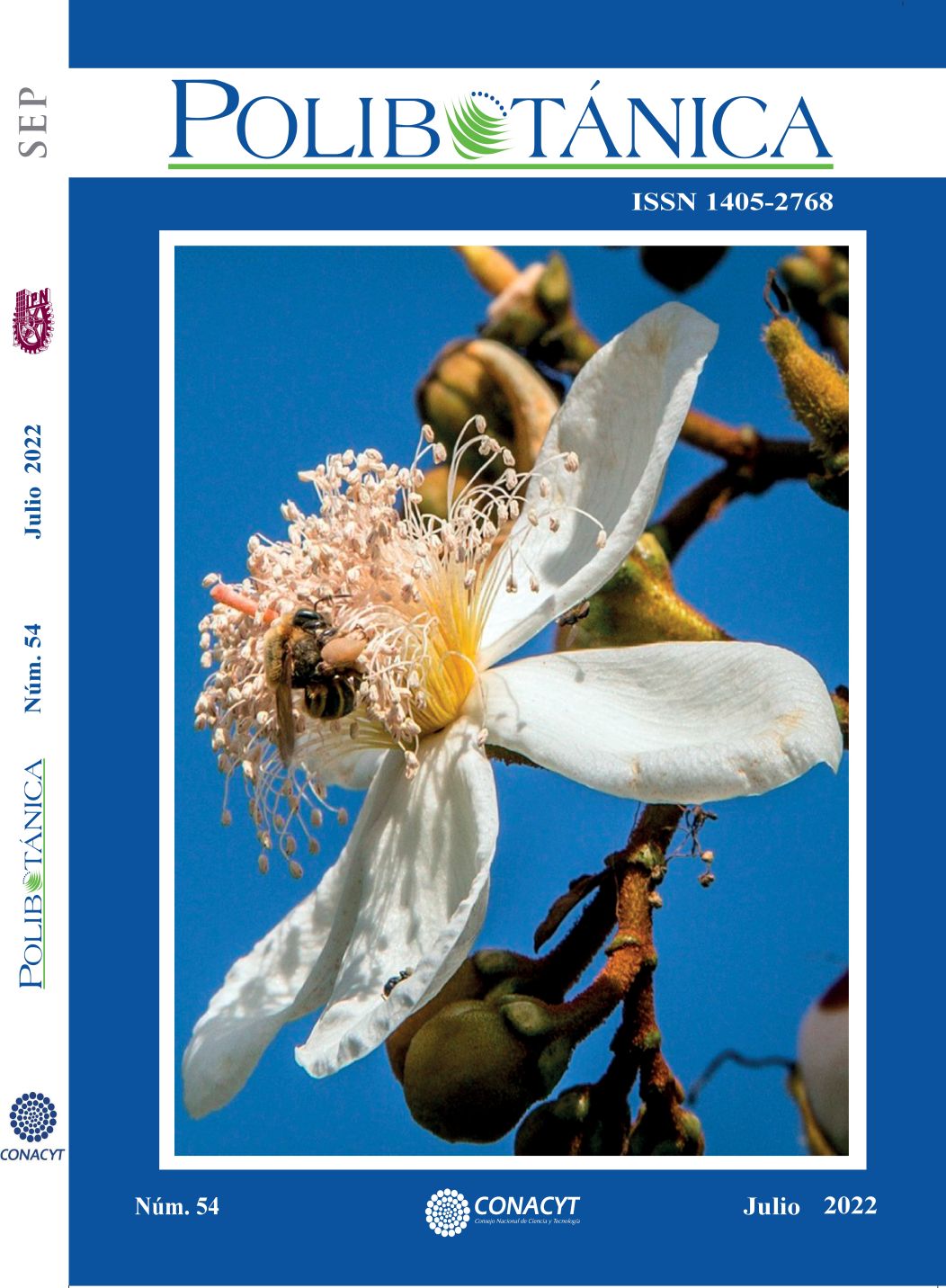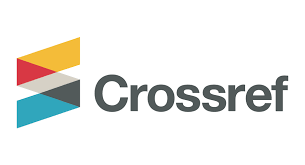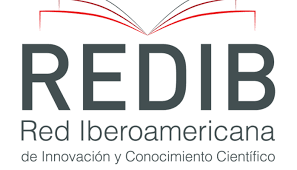Tangible and intangible attributes and sensory differentiation of mexican vanilla
DOI:
https://doi.org/10.18387/polibotanica.54.15Keywords:
traditional food, Mexican vanilla, sensory attributes.Abstract
Vanilla is one of the emblematic products of the Totonacapan region because its production and traditional beneficiation are closely associated with cultural aspects, traditions and festivities, which supports the Denomination of Origin (D.O.) obtained. In recent years, tangible and intangible attributes of Mexican vanilla have been revalued. The objective of the work was to identify differentiating sensory attributes of vanilla from four producing areas and to identify the purchase meanings of national consumers. By means of the Flash Profile method and the analysis of main components, it was identified that the vanillas from Papantla, Veracruz and San José Acateno, Puebla obtained greater sensory attributes that differentiate them from other vanillas in the region. A survey was designed and applied to 100 local and non-local consumers. The analysis of purchase meanings was used to identify the categories that are recognized by consumers, these being aroma, food and process; the first two correspond to the utilitarian dimension, which represented 72.2%, greater than the symbolic and intangible dimension which registered 27.7%. It is concluded that vanilla has a greater recognition in terms of utilitarian meanings that is expressed in attributes such as aroma, so it is important to undertake actions that allow revaluing the intangible attributes linked to the knowledge, culture, tradition and identity inherent to the vanilla, where the D.O. it can play a strategic role.
References
Allen, M. W., & Torres, C. V. (2006). Food symbolism and consumer choice in Brazil. Latin American Advances in consumer research. 1:180-185.
Allen, M.W. (2001). A practical method for uncovering the direct and indirect relationships between human values and consumer purchases. Journal of consumer marketing, 102-120.
Barham, E. 2003. Translating terroir: the global challenge of French AOC labeling. Journal of Rural Studies 19:127-138
Barrera, R.A., Cuevas, R.V. y Espejel, G.A. (2019). Factores de valoración en consumidores de mezcal en Oaxaca. Revista de Estudios Sociales. 29 (54): 1-22. https://dx.doi.org/10.24836/es.v29i54.811
Casabianca, F. & M. Champredonde. (2016). Qualities transmitted by territorial branding. Proposal for a new typology 7th International Conference in Local Agri-food Systems. Sodertorn University, Stockholm.
Curtí, D.E. (1995). Cultivo y beneficiado de la vainilla en México. Folleto técnico para productores. Organización Nacional de Vainilleros Indígenas. Papantla, Veracruz. 96 p.
De Lira, A. S., Goles, P.J. F, Costa, C., Ferrerira, G.J.R. (2016). Geographical Indication Re-signifying Artisanal Production of Curd Cheese in Northeastern Brazil. Revista de Administraҫão Contemporânea. 20 (6): 715-732.
Deanne, B. J, MS, BS, BA. (2005). Historical perspective: Vanilla as a Medicinal Plant. ELSEVIER. 129-131. doi:10.1016/j.sigm.2006.03.001
Del Ángel, P.A.L., y Mendoza B.M.A. (2002). Familia totonaca, expresión cultural y sobrevivencia. Papeles de población, 8(32), 95-120.
Delarue, J. and Sieffermann, J. 2004. Sensory Mapping Using Flash Profile. Comparison With a Conventional Descriptive Method for The Evaluation of the Flavour of Fruit Dairy Products. Food Quality and Preference. 15:383–392.
Guerrero, L., Guàrdia, M. D., Xicola, J., Verbeke, W., Vanhonacker, F., Zakowska-Biemans, S. & Scalvedi, M. L. (2009). Consumer-driven definition of traditional food products and innovation in traditional foods. A qualitative cross-cultural study. Appetite, 52(2), 345-354.
Hernández-Montes, A. (2018). Propuesta para identificar simbolismo y valores en consumidores de quesos tradicionales mexicanos: caso queso Chapingo. Agricultura, sociedad y desarrollo. 15:399-412.
Hernández-Montes, A., Illescas-Marín, C. y Espejel-García, E. (2019). Estructura de los valores humanos en consumidores y sus significados para quesos tradicionales chiapanecos. Revista Estudios Sociales. 29(54): 1-23. DOI: https://dx.doi.org/10.24836/es.v29i54.793 PII: e19793
Hirschman, E. C., (1980). Attributes of Attributes and Layers of Meaning. Advances in Consumer Research Volume 07, eds. Jerry C. Olson, Ann Abor, 7-12 pp.
Jaramillo, V. J.L., Vargas, L.S. y Rojas, J. A. (2018). Valoración y contingente y disponibilidad a pagar por atributos intangible en carne de bovino. Revista Mexicana de Ciencias Pecuarias. 9 (1): 14-31. http://dx.doi.org/
Jauregui, G. C. Z., Espejel, G. A. y Hernández, M. A. (2021). Valoración y disposición a pagar por los consumidores de elote en México. Rev. Fac. Agron. (LUZ). 38: 441-461. Abril-Junio. DOI: https://doi.org/10.47280/RevFacAgron(LUZ).v38.n2.12
Ligas, M. (2000). People, Products, and Pursuits: Exploring the Relationship between Consumer Goals and Product Meanings. University of Connecticut. Psychology & Marketing, 983-1003.
Linck, T., E.B. López & F. Casabianca. 2006. De la propiedad intelectual a la calificación de los territorios: lo que cuentan los quesos tradicionales Agroalimentaria 12:99-109.
Luna-Guevara, J.J., Luna-Guevara, M-L-, Amador-Espejo, G.G., Herrera-Cabrera, B.E., Arévalo-Galarza, M.L. y Ruiz-Espinosa, H. (2006). Caracterización físico-química y sensorial de Vanilla planifolia Jacks. Ex Andrews con diferentes esquemas de beneficiado. Agroproductividad. 9 (1): 34-40.
Mariezcurrena, M.D., Zavaleta, H.A., Waliszewski, K.N. & Sánchez, V. (2008). The effect of killing conditions on the structural changes in vanilla (Vanilla planifolia, Andrews) pods during the curing process. International Journal of Food Science and Technology, 43, 1452-1457. doi:10.1111/j.1365-2621.2007.01691.
Odoux, E. (2011). Vanilla curing. In: Odoux E, Grisoni M (eds). Vanilla. (Medicinal and aromatic plants-industrial profiles) CRC Press. Boca Raton, Florida, 173-185
Pablo C. M. (2019). Caracterización sensorial y química de mezcales oaxaqueños, valoración e identificación de su calidad intangible. Tesis de maestría. Universidad Autónoma Chapingo. Departamento de Ingeniería Agroindustrial. 137 pp.
Reyes-López D., Rodríguez Morales, B., Kelso Bucio H., Huerta Lara M., Ibañez Martínez A. (2008). Beneficiado tradicional de vainilla. México. Benemérita Universidad Autónoma de Puebla. Puebla, México.
Ruiz C.G.M. (2020). Identificación de valores y simbolismo en consumidores de pox en los altos Chiapas. Tesis de Licenciatura. Universidad Autónoma Chapingo. Departamento de Ingeniería Agroindustrial. 86 pp.
Trichopoulou, A., Soukara, S. y Vasilopoulou, E. (2007). Traditional food: Science and society perspective. Trends in Food Science and Technology, (18): 420-427.
Vanhonacker, F., Kühne, B., Gellynck, X., Guerrero, L., Hersleth, M. y Verbeke, W. (2013). Innovations in traditional foods: Impact on perceived traditional character and consumer acceptance. Food Research International, 54, pp. 1828-1835. doi: 10.1016/j.foodres.2013.10.027
Van Kleef, E., H.C.M., Van, Trijp and Luning, P. (2005). Consumer research in the early stages of new product development: A critical review of methods and techniques. Food Qual. Prefer. 16:181-201.
Viveros-Antonio C., Delgado-Alvarado A., Herrera-Cabrera B., Arévalo-Galarza M.L., Hernández-Ruiz J. (2019). Efecto del beneficiado tradicional de Vanilla planifolia en los fitoquímicos de frutos de Vanilla pompona Schiede. Agroproductividad. 12(10): 3-8. https://doi.org/10.32854/agrop.v12i9.1383
Xochipa-Morante, R. C. , Delgado-Alvarado, A., Herrera-Cabrera, B. E., Escobedo-Garrido, J. S., Arévalo-Galarza, L. (2016). Influencia del proceso de beneficiado tradicional mexicnao en los compuesto de aroma de Vanilla PLanifolia Jacks ex Adrews. Agroproductividad . 9 (1): 66-62.
Downloads
Published
Issue
Section
License

Polibotánica by Departamento de Botánica de la Escuela Nacional de Ciencias Biológicas del Instituto Politécnico Nacional se distribuye bajo una Licencia Creative Commons Atribución-NoComercial-CompartirIgual 4.0 Internacional.




















